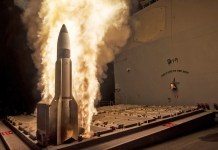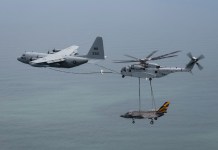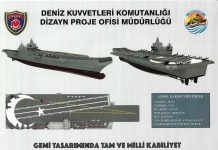The year 2022 is expected to be eventful for India as the country’s armed forces are set to induct the first indigenously developed aircraft carrier (IAC-I) while the MK-1A variant of the Tejas Light Combat Aircraft (LCA) will take to the skies by June.
The Navy said the IAC-I Vikrant has set sail for the third phase of sea trials, which will include complex maneuvers to establish detailed readings of how the ship performs in various conditions.

Since August 2021, the aircraft carrier has been undertaking sea trials.
Additionally, all LCA Tejas jets, which are in the Final Operational Clearance (FOC) stage, will be delivered to the Indian Air Force (IAF) in 2022, while the LCA MK-1A, with specific enhancements, will fly by the middle of this year, R. Madhavan, CMD of the state-run Hindustan Aeronautics Limited (HAL).
The Defense Ministry had struck a Rs 48,000 crore deal with HAL in February last year to provide 83 LCA MK-1A to the IAF. The first three aircraft will be delivered in 2024, followed by 16 aircraft per year for the next five years, according to the Ministry.
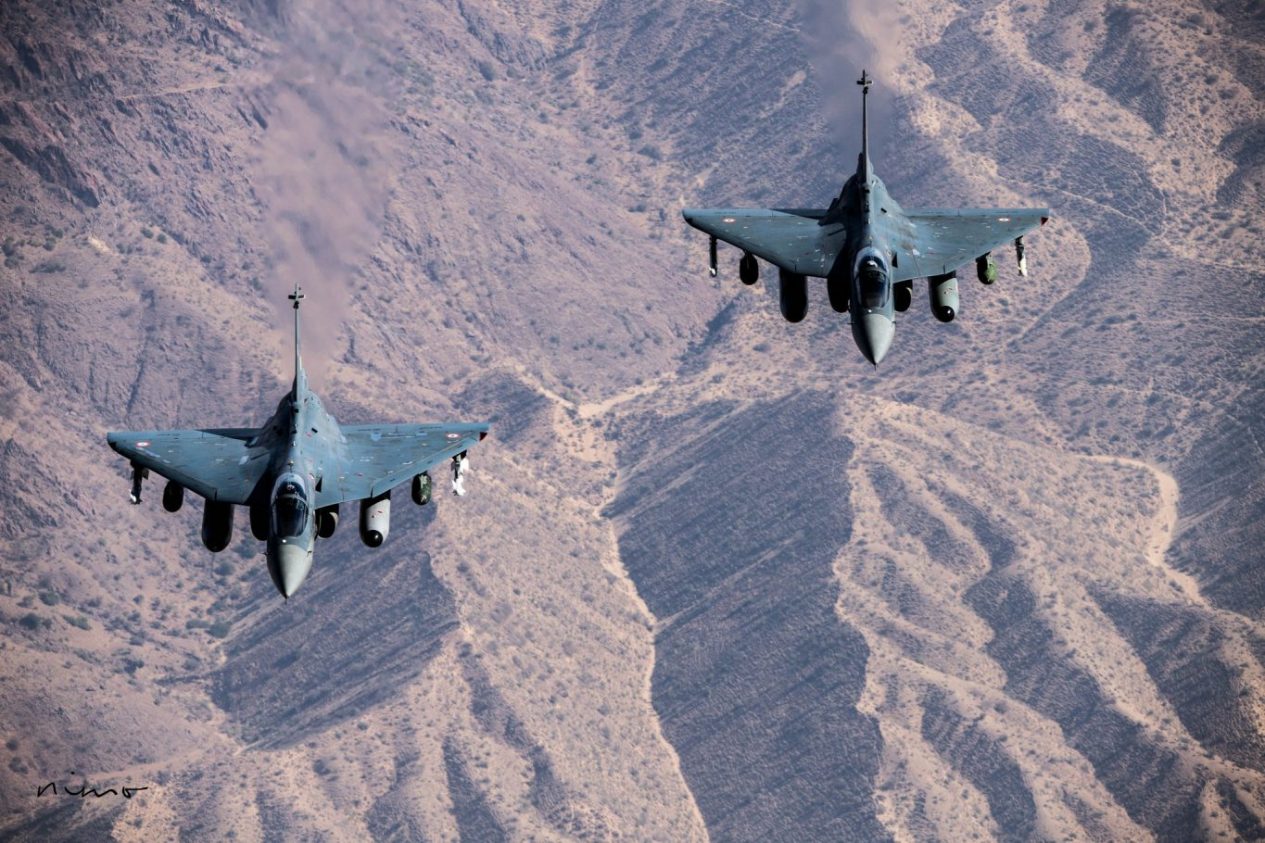
On the LCA MK-1A timetable, Madhavan said, “We will commence manufacturing activities parallel with the testing.”
Both these developments indicate the alacrity with which India has been pursuing these two indigenous systems, one to protect its seas and another to guard its skies.
INS Vikrant Undergoing Complex Sea Trials
The IAC Vikrant which is to be rolled out this year is now undergoing its third and most complex sea trials to date. Vikrant’s maiden trials took place over five days in August 2021. During those trials, the ship’s performance was evaluated, including the hull, main propulsion, power generation and distribution (PGD), and auxiliary equipment.
The ship was put through its paces during the second sea trial, which took place in October and November 2021. “Various seamanship evolutions were also successfully cleared during the second sortie,” according to the Defense Ministry.
Now, satisfied by its performance in the last two rounds, the IAC has sailed to perform complex movements to establish specific readings of how the ship performs in various conditions.
WATCH | India's first Indigenous Aircraft Carrier (IAC) 'Vikrant' heads out for the fresh sea sortie.
The IAC is India's largest warship and it is set to enter into service this year. @indiannavy pic.twitter.com/Dx0aY2UPwO
— Prasar Bharati News Services पी.बी.एन.एस. (@PBNS_India) January 10, 2022
During the test, scientists from the Naval Science and Technological Laboratory, a DRDO laboratory based in Visakhapatnam, would be involved. In addition, the ship’s different sensor suites would also be put to the test.
Additionally, the Indian Navy is in the process of testing the Rafale Marine fighter aircraft at the shore-based facility in Goa. Another advanced carrier-borne aircraft, Boeing’s F/A-18 Super Hornet Block III will be tested at the same facility in March, as previously reported by the EurAsian Times.
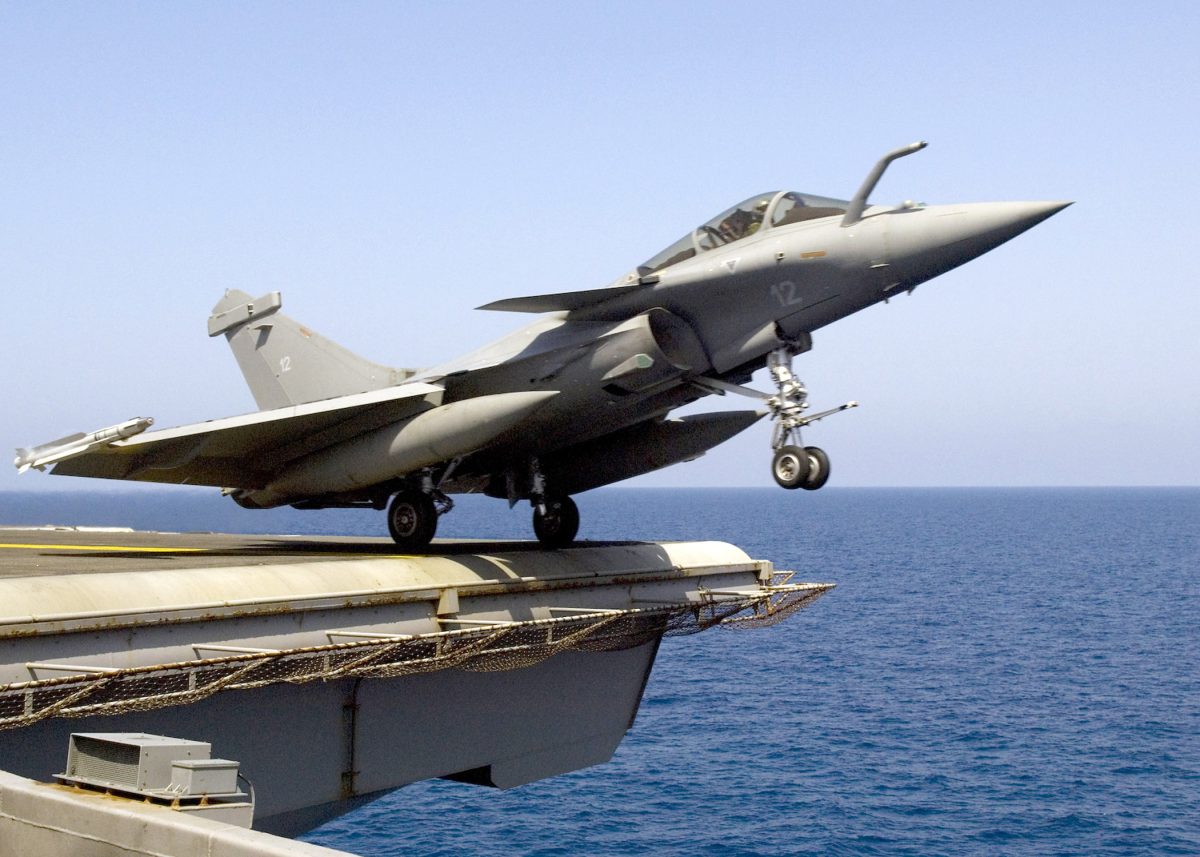
Indian Navy is committed to inducting a multi-role fighter for carrier operations. After the shore-based trials are complete, the fighter jets will be tested on an aircraft carrier.
However, both the Rafale-M and the F/A-18 were designed to launch from ships using a catapult launch system. According to officials, the carrier would only need modest adjustments to operate the plane, said a report of The Hindu.
The successful trial and induction of Vikrant will ensure India’s entry into the elite club of a few nations — the US, the UK, Russia, France, and China — which have built and operated their own carriers.
India’s Vikrant is 40,000 ton, 262 meters long, 62 meters wide, and stands 59 meters tall. It has been under construction since 2009. Vikrant can reach a top speed of roughly 28 knots and cruise at 18 knots, with a range of about 7,500 nautical miles. It is an embodiment of India’s domestic manufacturing capability with 76 percent indigenous content.
As of now, the Indian Navy operates just one Carrier, Vikramaditya, as compared to China’s two – CV-16 Liaoning and CV-17 Shandong. A third Chinese aircraft carrier, called Type 003, is speculated to be launched this year.
With Chinese presence expanding in the IOR that the Indian Navy considers its backyard, India’s Vikrant is expected to create meaningful deterrence in the region. India’s ambitious role of net security provider in IOR as well as in the Indo-Pacific region also requires a modern fleet capable of protecting its seas.
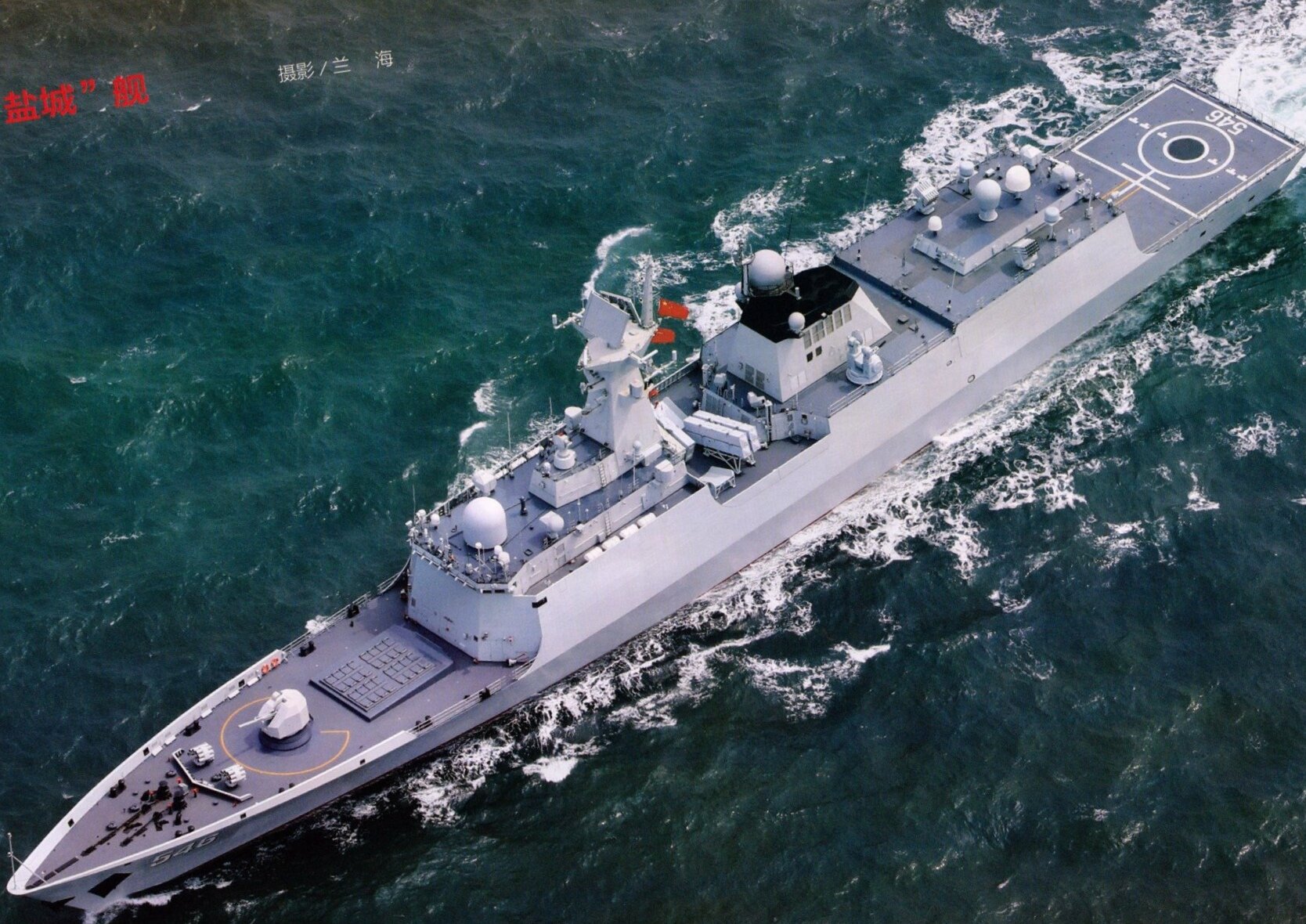
The Chinese have also been arming the Pakistani Navy to create a balance of power in a region. Though Pakistan does not have an aircraft carrier, China’s largest warship which has been renamed as PNS Tughril was inducted into its Navy last year. It has been touted as a ‘Carrier killer’. In the face of this twin threat, the Indian Navy’s Vikrant’s entry would act as a force multiplier.
Tejas MK-1A
Last year, India’s Ministry of Defence (MoD) granted HAL a contract of Rs 48,000 crore for 83 LCA Mk-1A fighter jets for the Indian Air Force. The first Mk-1A aircraft is set to be delivered to the IAF in March 2024, with the remainder entering service by 2029.
RKS Bhadauria, the then Chief of the Indian Air Force, had said. “Even the LCA FOC [Final Operational Clearance] version of the Tejas is ahead of the [Chinese-Pakistani] JF-17, as previously reported by the EurAsian Times.
The Mark-1A would have a significant advantage against the JF-17s. “In this comparison, we will be much ahead of them,” the Air Chief Marshal had stated.
When asked about the specs, he had said, “It [LCA Tejas Mark-1A] will have top-of-the-line BVR, the indigenous ASTRA or better. We will have a version which will be ahead, and we plan other sensors and weapons which are top of the line.”
According to Madhavan, the LCA MK-1A will fly by June this year with specified modifications, said a report by The Hindu.
Report: LCA Tejas MK1A to take first flight in June this Year. Once flying starts and after 20 to 24 months of testing, HAL will be ready for delivery as expected.
Via The Hindu#IndianAirForce #TejasMk1a #JaiHind ?? ♥ ?? ⚔️ pic.twitter.com/DEzEysqFQN
— DefenceXP (@Defence_XP) January 9, 2022
“By June this year, we should start flying the LCA MK-1A configuration. Once flying starts, we have about 20 to 24 months of testing. Once that is done, we will be ready for deliveries as expected.”
The Mk-1A variant is expected to include digital radar warning receivers, external self-protection jammer pods, enhanced beyond-visual-range (BVR) missiles, in addition to the AESA radar. The indigenous component of the fighter is estimated to be around 60%, compared to 50% in earlier models.
While the Tejas LCA is currently powered by an imported engine, reports have stated that the government informed Parliament that it plans to develop indigenous engines for LCA variants and the Advanced Medium Combat Aircraft (AMCA) in the future in collaboration with a global manufacturer. In August last year, HAL signed a contract with GE Aviation for 99 F404-GE IN20 Turbofan engines for the LCA Tejas MK1A variant.
JUST IN: HAL signs $716 million deal with @GEAviation for 99 F404-GE-IN20 turbofan engines for the LCA Tejas Mk1A fighters ordered earlier this year. First Mk1A type flight scheduled for March 2022. pic.twitter.com/eGVWTvjirj
— Livefist (@livefist) August 17, 2021
The manufacturer of the fighter, HAL, and defense PSU Bharat Electronics Limited signed a deal on December 16 last year for the development and delivery of 20 types of equipment for the Tejas Mk1A light combat aircraft (LCA) program.
The five-year contract, which runs from 2023 to 2028, entails supplying critical avionics Line Replaceable Units (LRUs), Flight Control Computers, and Night Flying LRUs in what it calls the state-run company’s biggest ever order on any Indian company, boosting the ‘Atmanirbhar Bharat’ campaign.
The work on LCA MK-2 is also on and the first flight is scheduled for 2023, as per reports.
- Contact the author at sakshi.tiwari9555@gmail.com
- Follow EurAsian Times on Google News


